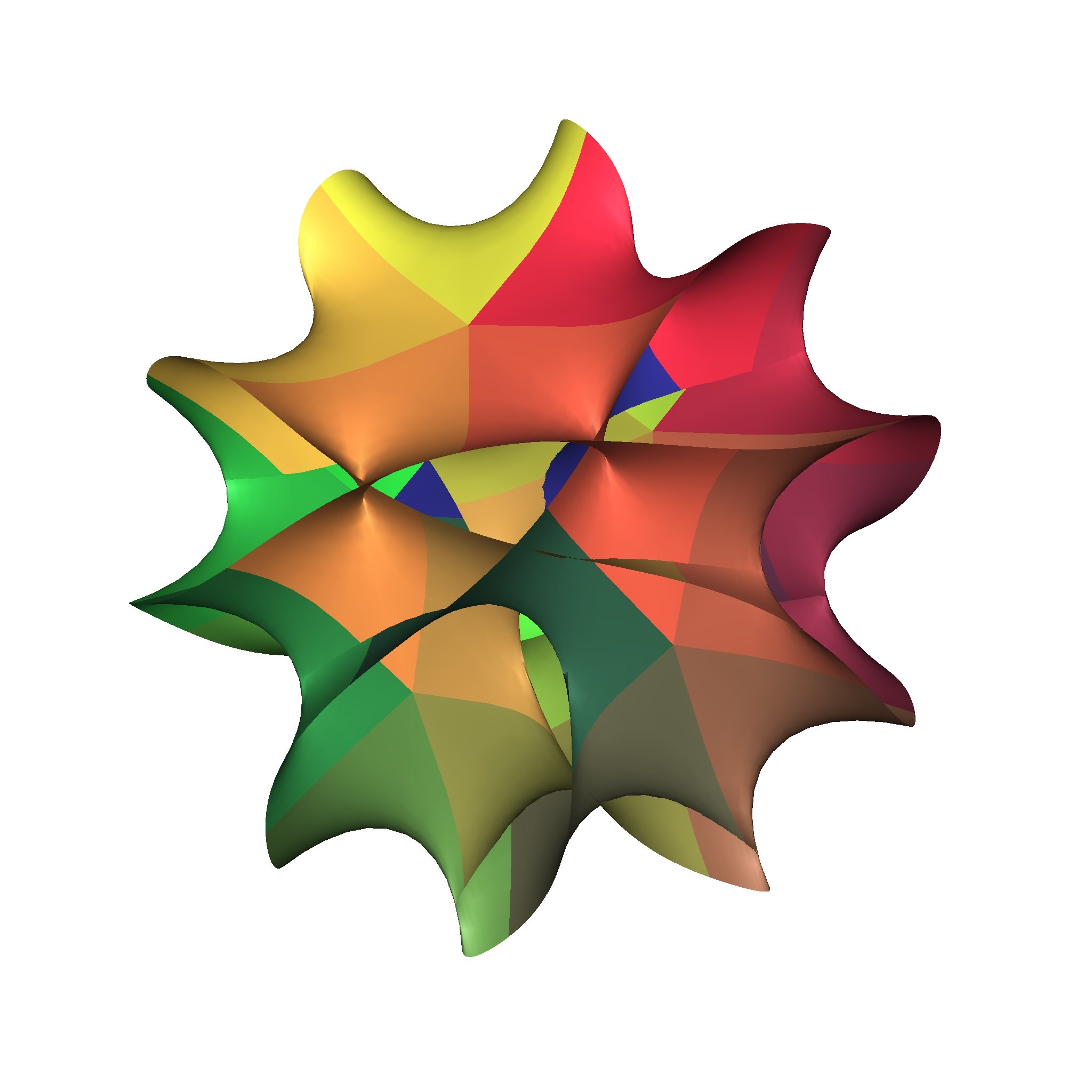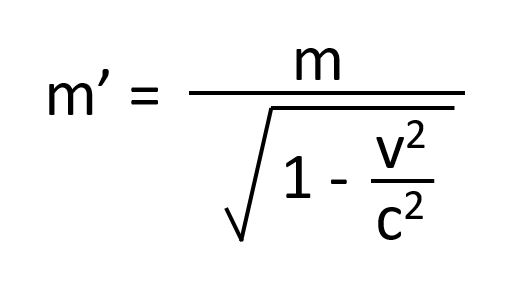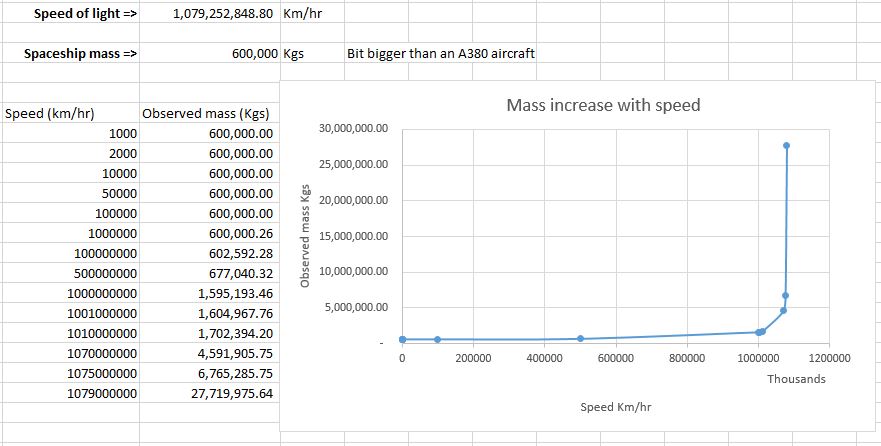The Science of Orlando Jax
Other Dimensions I - sliding doors

Andrew J. Hanson, Indiana University. / CC BY-SA
I'm always on the lookout for a cunning device that is going to let us move at speeds greater than the speed of light. I recently re-acquainted myself with Douglas Adams' fantastic idea of the infinite improbability drive in the spaceship "The Heart of Gold". It's amazing what you can do with a good Brownian motion source (a really hot cup of tea).
Putting the tea aside for a minute, I stumbled upon an idea recently that might show some promise. Before I go there though, let's remind ourselves as to the basic problem. This is a form of the Lorentz Transformation equation for mass:

where m is the actual mass of an object, v is that object's speed relative to an observer, c is the speed of light and m' is the object's mass as measured by the observer. For a better explanation of this and other equations, have a look in the book "Relativity for the Layman" by James Coleman. In the diagram below I've plotted what happens with the m' result as the speed increases - and very little does till we get close to the value of c - and then it all goes horribly wrong for the interstellar traveller:

As you get close to c the Universe catches up and plays speed cop - your mass gets infinite, and in accordance with F=ma you then need an infinite amount of force to nudge yourself over the c limit. All very frustrating. The thing I would love to understand is what property or characteristic of c makes it so controlling? What mechanism does it use to exert its power? I think I begin to understand thanks to Brian Greene and his book "The Elegant Universe".
Up to now, when people have referred to the speed of light as being a barrier, I've wondered why would a simple speed be so important? But Brian in his book spells out another way to look at this - c is not just a speed, it's a quantity that defines how we are able to move around the world we can see and its four dimensions. It's an upper limit on all combined movement within forward-back, left-right, up-down and includes time. I guess we express it as a speed because that's the usual way we see its effect, but it is actually a multi-dimensional quantity. I still don't really understand the mechanism, but a multi-dimensional constraint seems to make a lot more sense than a simple speed limit.
But then Brian tells us about the work of a Polish mathematician, Theodor Kaluza:
Einstein had formulated general relativity in the familiar setting of a universe with three spatial dimensions and one time dimension. The mathematical formalism of his theory however, could be extended fairly directly to write down analogous equations for a universe with additional space dimensions. Under the "modest" assumption of one extra space dimension, Kaluza carried out the mathematical analysis and explicitly derived the new equations.
He found that in the revised formulation the equations pertaining to the three ordinary dimensions were essentially identical to Einstein's. But because he included an extra space dimension, not surprisingly Kaluza found extra equations beyond those Einstein originally derived. After studying the extra equations associated with the new dimension, Kaluza realised that something amazing was going on. The extra equations were none other than those Maxwell had written down in the 1880s for describing the electromagnetic force! By adding another space dimension, Kaluza had united Einstein's theory of gravity with Maxwell's theory of light.
It turned out it wasn't quite the success story it seemed to be but regardless of that, is this the cunning device? For us to be able to build galaxsia class ships we need a new form of propulsion system that we can build and control, and that is going to take us beyond the speed of light. Simple mass-reaction engines are never going to be enough. We need something that can literally "grab hold" of spacetime and manipulate it. If this fifth dimension has electromagnetic properties that we recognise, can we not create a field generator that allows us to access and use this fifth dimension? Who knows, it could be the sliding door that allows us to step around the c limit.
Throughout the history of science fiction, authors have created any number of field generators to achieve all sorts of goals. On Earth now we have truly massive ones - look no further than the Large Hadron Collider which is a HUGE machine. Perhaps what we need is a bit of inspired lunacy and for somebody to plug one of these things into a good Brownian motion source - a really hot of cup of tea - and then stand back.